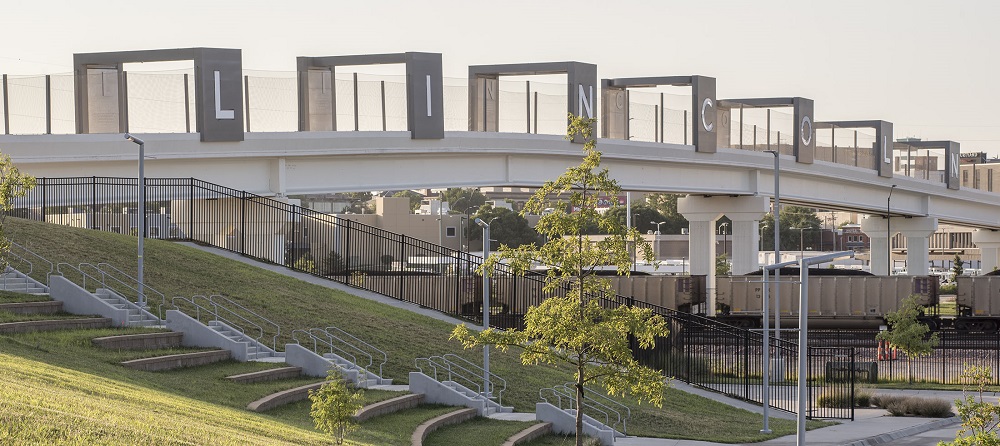Not All Bridges Are Created Equal
An Editorial from Dan Eckenrode, PCI Gulf South Executive Director
The outrage over our nation’s crumbling infrastructure and the cry to fund new bridges and roadways is no secret. As the list of deficient bridges continues to grow, government leaders are being forced to address the issue, as it has a direct correlation to economic progress across the nation. During the recent Alabama Transportation Conference, I learned that there are over 1,200 deficient bridges in that one state alone. Some bridges have been deemed unsafe and closed altogether, while others have been downgraded in loading capacities which means heavy vehicles are no longer permitted to use them. If the bridge isn’t in your neighborhood or on your route to work, you most likely don’t give it a thought. However, when people and businesses are forced to go miles out of their way due to a closed bridge, they start to grumble.
What types of bridges are in use today?
Wooden Bridges: A wooden bridge might include a structure made completely from wood or a structure supported on wooden piles. Either way, wooden bridges are the number one type of failing bridge today.
Channel or “Choctaw” Bridges: These are non-stressed concrete U channel bridges with a span of typically 26 feet that require many units to complete the span. Grout is used where the joints come together. The production of this type of bridge began in the 1960’s and is still used today with some mixed success.
Steel Bridges: As the name suggests, this type of bridge is created from steel.
Precast-Prestressed Bridges: Bridge manufactured components that began around the same time as the previously mentioned Channel Bridges but with greater success and superior product lifespan.
The take-away is...not all bridges are created equal. In an attempt to stretch road and bridge dollars further than ever before, durability and life cycle are two repeating themes. DOT’s across the nation have come to realize that designing with precast-prestressed bridge components will yield the desired results with regard to longevity, safety and cost-effectiveness.
You can learn more about PCI certified bridge products by taking a look at the various resources below.








